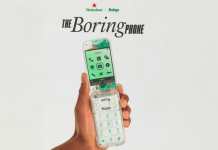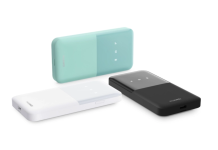The freshly launched Huawei Mate 30 series is the first phone from the company to fall under the ban issued earlier this year by the U.S. Commerce Department prohibiting American companies from selling goods or services to Huawei. As a result, Google isn’t allowed to provide what is a core part of the Android experience: Google Play Services.
Google typically licenses the latest version of Android, currently Android 10, for phone manufacturers to use, but the Mate 30 Pro devices opt for AOSP, the open source version of Android 10. This is the reason why Huawei has no choice but to omit Google apps, as the open source version of Android is completely bloat free and features no Google integration.
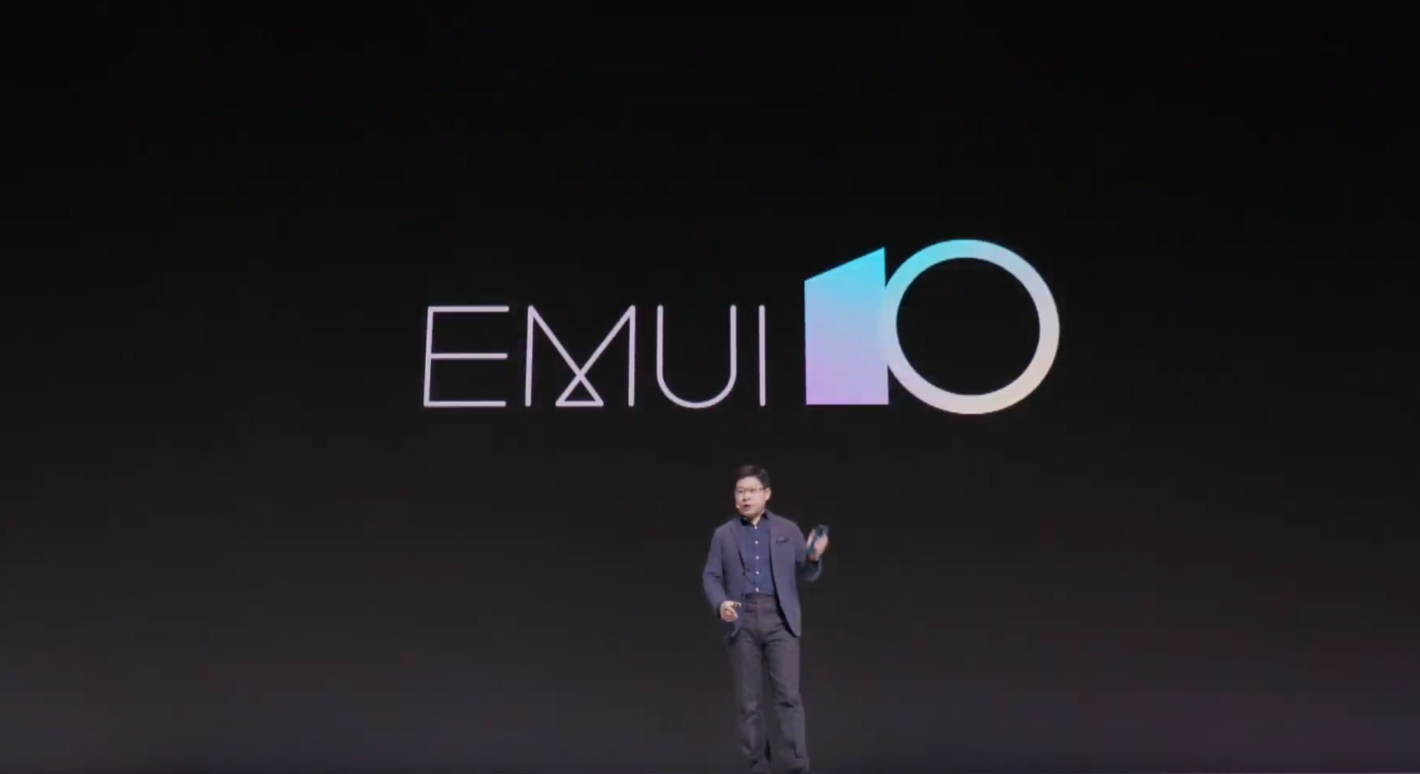
Google’s Play Services is an essential part of any Android device and it’s how the majority of Android-powered handsets outside of China get access to apps. Play Services is more than just a way for Google to pre-install its own apps. It is the conduit for notifications, maps, and security that most third-party apps take for granted.
Now of course, there are methods to remedying this, the key one being sideloading apps. Anyone who has used a custom ROM in any capacity is probably well aware of sideloading and flashing Google apps, but the problem with this is that it’s dependent on the user. Most users simply aren’t going to have the know how to sideload Google apps, let alone flash them.
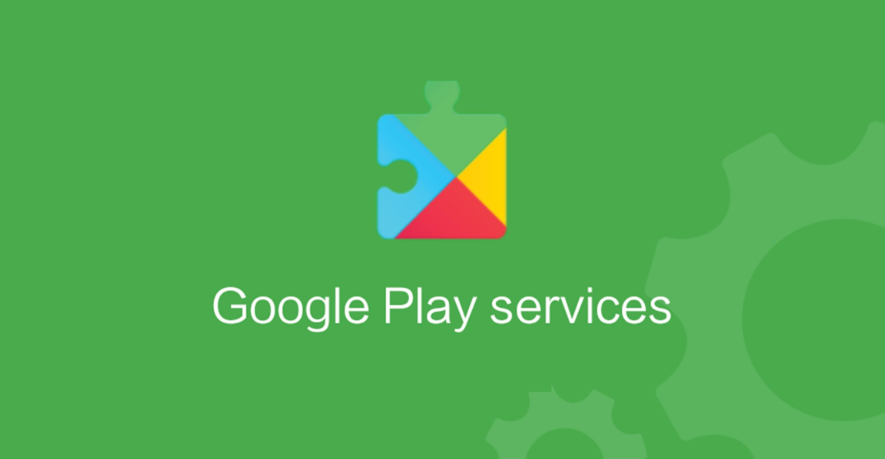
Instead, you’ll surf the web through the Huawei Browser and download apps through the Huawei AppGallery. The AppGallery has around 45,000 apps, according to Huawei, which is a respectable number all things considered. Unfortunately, when compared to the Google Play Store’s estimated 2.7 million apps, it’s a clear they aren’t on the same footing. Huawei’s app store doesn’t have nearly enough to compete.
So, how will Huawei improve their AppGallery exactly? According to Huawei CEO Richard Yu , the company will have an upcoming HMS Ecosystem Incentive Program, where it would invest $1 billion USD to encourage developers to build apps and get them marketed on Huawei phones outside China. It will even provide a greater revenue share to those developers — 85%, compared to the 70% that Google and Apple offer today.
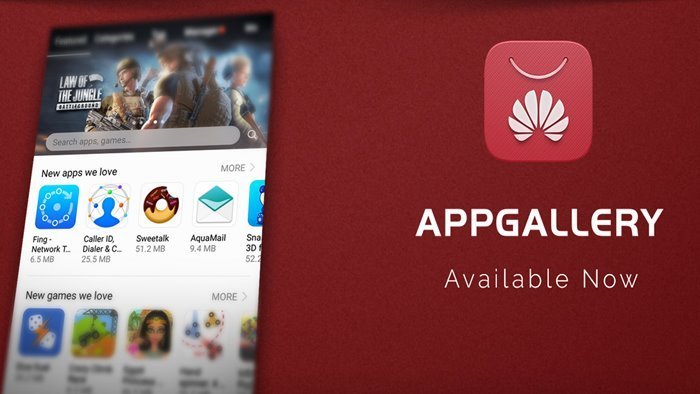
During the briefing, Yu said, “We were forced to do this. We have a good relationship with Google, but the US government forced us to do this and we have no other option.” With the high prices of the Huawei Mate 30 devices, is it really fair to pay such an amount for devices that have been neutered? Tell us your thoughts down in the comments below.

